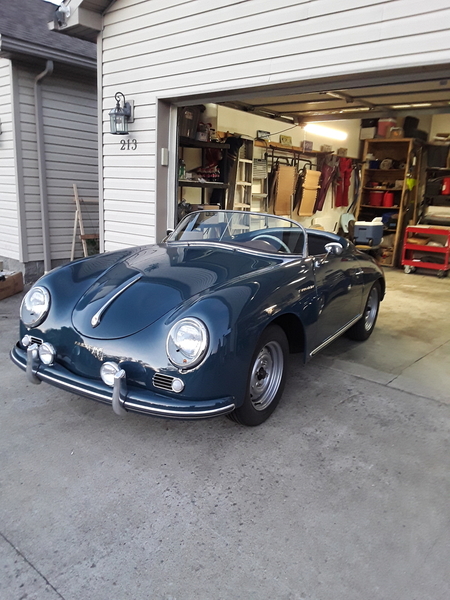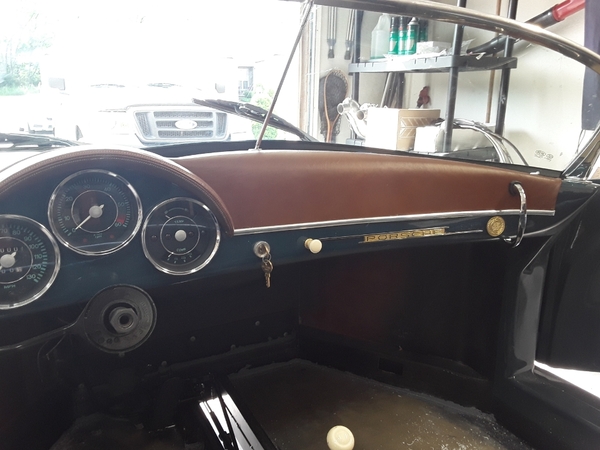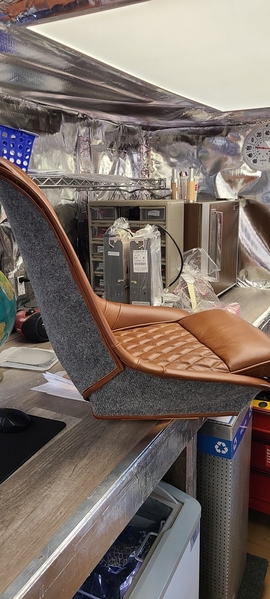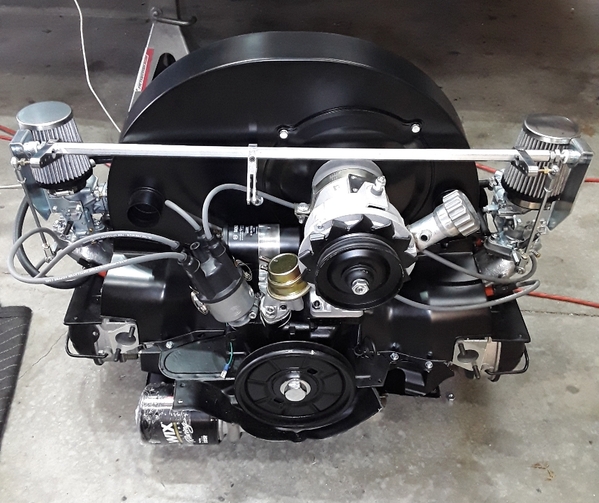I've got a hatch into my rafters. The space above is small and cramped by trusses, but the PO—who was a head taller and 100 pounds heavier than me—did store several items up there "long term."
One such item is a stainless (or polished aluminum?) diamond plate locking pickup truck box, sized for an unknown make and model of common American Monster Truck (my guy had both Ford and Dodge parts strewn about the place when we moved in). I've never touched it in 10 year's residence but I probably ought to haul it down and put it on Craigslist.
Not absolutely sure how I could do that. The thing is big, if not heavy, and the slot in the ceiling is narrow. I foresee terrible trouble if/when I try to wrestle it down, even as I envision the PO having put it up there as easily as I might stow a box of facial tissues on top of the fridge.
The other great find up there was an engine hoist. To get it down, in pieces, I parked my pickup truck under the hole and bolted a comealong to the ridge beam. It did take some doing.
All of which is my long way of endorsing @Stan Galat's advice re big, outdoor hatch access with a built-in carrying beam above, with a smaller, ladder (or pull-down ladder! why not?) access inside.
It's easy and classic and inexpensive it just works.
But consider one other option, if you will:
The common 4-post lifts do not require bolting-down to the floor and, in the case of my Direct Lift, came with a snap-on caster set which has allowed me to roll it around inside the garage and even, on one occasion, out on the the driveway.
If a 4-post is in your plans, you will have what amounts to a built-in freight elevator—albeit a somewhat balky one.















